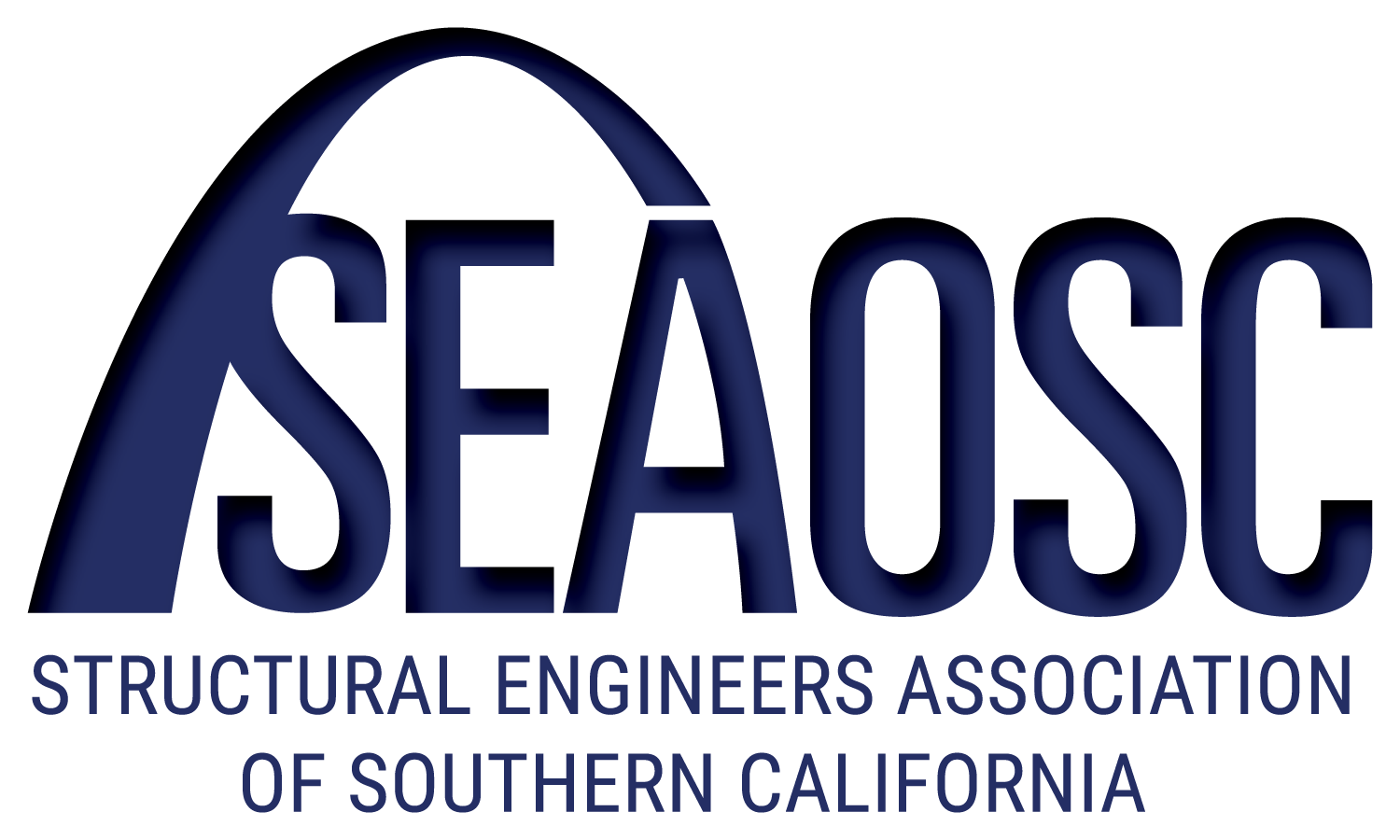|
Anniversary of the February 9, 1971 Sylmar Earthquake
On the Anniversary of the February 9, 1971 Sylmar Earthquake, this morning’s LA Times article, focused on the Inland Empire and its remaining inventory of URM buildings yet to be retrofitted, is timely and compelling (http://www.latimes.com/local/lanow/la-me-earthquake-safety-brick-buildings-inland-empire-20180209-htmlstory.html). With the quiet passing of January anniversaries of the 1994 Northridge and 2010 Haiti earthquakes, and Tuesday’s Taiwan Earthquake in Hualien, the effects and memories of devastating California and World events are distant, in both time and mileage, and largely forgotten. This is why the article is so critically important. Without continued conversation regarding real risks; lessons learned from past events will not be used, and the next event to hit Southern California and the Inland Empire will cause a “surprisingly” significant amount of devastation.
As part of its Safer Cities Initiative, the Structural Engineers Association of Southern California (SEAOSC) sent a team of structural engineers to Mexico to observe and collect data from the October 2017 event in Mexico City and surrounding communities. Aside from the technical data, some of the most impactful lessons resulted from discussions with community members regarding their frustration with not understanding the risks beforehand and not understanding the process for recovery in the aftermath.
The article by reporters Xia, Lin, and Ranoa can be seen as a call to action. However, the “correct” or “next” action can be overshadowed by feelings of helplessness and economic hardship as it appears many expressed. SEAOSC is a proponent of jurisdictions creating the right environment to help building owners and occupants understand the real issues and implement real solutions. Sometimes these efforts result in ordinances for corrective retrofitting, however other opportunities to partner with owners can and should be investigated. SEAOSC’s Safer Cities Initiative includes the Safer Cities Advisory Program in which the Association brings together experts to assist communities in their efforts to understand risks and adopt effective solutions. Maintaining the competitive edge over neighboring Cities and addressing depressed economic situations for working-class communities, are real issues that need to be part of any effective conversation. The outcomes of those conversations need to highlight solutions that are not “telling you what to do”, but partnerships to define and support collective expectations.
In the article, identifying vulnerable buildings so responders “will know where to check first” was mentioned, perhaps with a bit of humor. A more impactful recognition is one that sees a retrofitted building inventory, with mitigated risks, as one that responders don’t have to go to at all. Equally important is the recognition that a community with retrofitted buildings becomes a far more viable competitor when owners, occupants, and policy makers build in economical survivability from the beginning.
Information regarding the Structural Engineers Association of Southern California’s Safer Cities Initiative, including links to the Safer Cities Advisory Program, can be found on the web at https://seaosc.org/Safer-Cities. Additional questions or requests may be directed to SEAOSC Board Member, Kenneth O’Dell, SE at kodell@mhpse.com or by phone at 562-985-3200.

